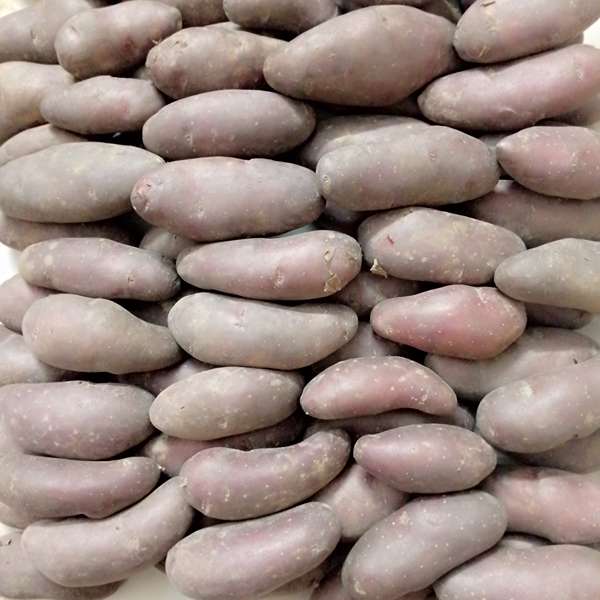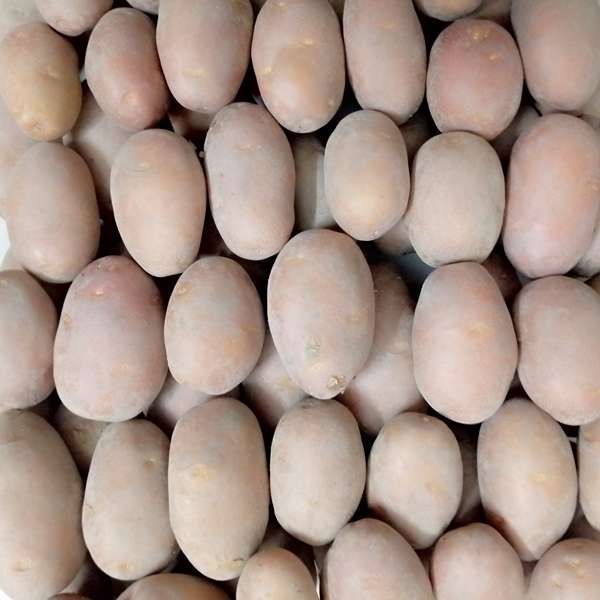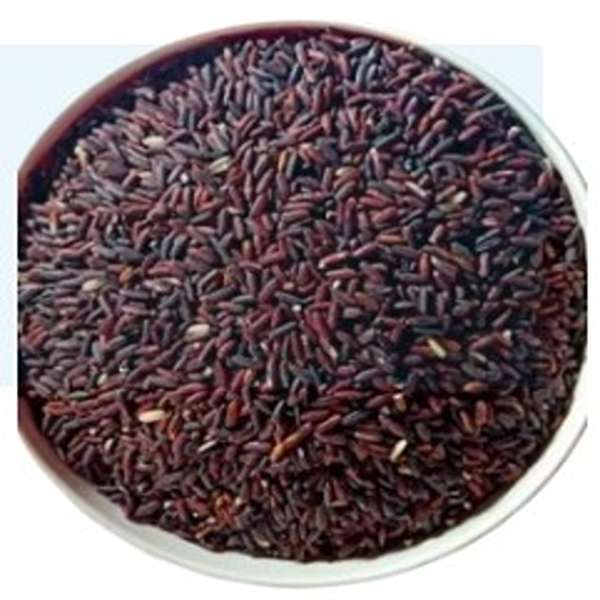Rice (Black)
Category
Sub-Category
Completed orders
Price
Delivery Cost
Minimum Order
Location
Black rice—also known as forbidden rice or purple rice—is a nutrient-rich ancient grain prized for its deep color, distinct flavor, and exceptional health benefits. Originally grown in China and once reserved for royalty, it is now cultivated in various parts of Asia, including Bangladesh, India, and Thailand.
🌑 Key Qualities of Black Rice
1. Rich in Antioxidants
-
Black rice contains the highest antioxidant levels of all rice varieties, primarily due to anthocyanins—the same compounds found in blueberries and blackberries.
-
Anthocyanins help fight oxidative stress, inflammation, and may lower the risk of heart disease and cancer.
2. Nutritional Value
-
High fiber content: Promotes digestion and satiety.
-
Iron-rich: Supports red blood cell formation and combats anemia.
-
Good source of plant-based protein: Often more protein than white or brown rice.
-
Contains vitamin E, zinc, and other essential minerals.
3. Flavor and Texture
-
Has a slightly nutty, earthy flavor.
-
When cooked, the grains turn deep purple and are chewy in texture.
-
Holds up well in salads, desserts, and hearty dishes.
4. Health Benefits
-
Supports heart health: Lowers LDL (bad cholesterol) and improves blood circulation.
-
Controls blood sugar: Low glycemic index makes it good for diabetics.
-
Weight management: High fiber content helps reduce hunger.
-
Detoxification: Natural antioxidants help cleanse the liver and body.
5. Culinary Versatility
-
Used in both savory and sweet dishes:
-
Porridge, kheer, or pudding
-
Salads, grain bowls, or stir-fries
-
Can be mixed with other rice for color and nutrition
-
📌 Summary Table
| Feature | Description |
|---|---|
| Color | Black raw; turns purple when cooked |
| Flavor | Nutty, earthy |
| Texture | Chewy |
| Antioxidants | Extremely high (especially anthocyanins) |
| Nutrients | Iron, vitamin E, fiber, protein |
| Glycemic Index | Low |
| Common Uses | Desserts, salads, rice bowls, porridge |
🧑🌾 Regional Varieties
-
In Bangladesh and India, black rice is often called “Chakhao” in Manipur and “Kala Bhat” in Bengal.
-
Traditionally used in festivals, rituals, and healing foods.
You may like this

Potato (Endurkani Hagrai )

Potato (Katinal)

Potato (Pakri)




